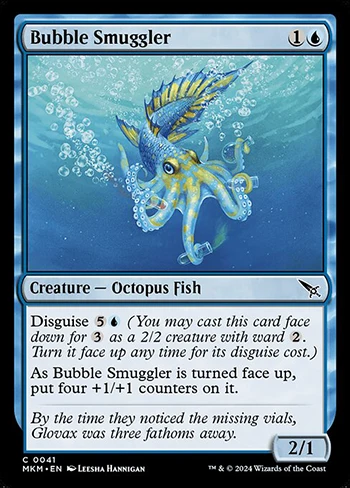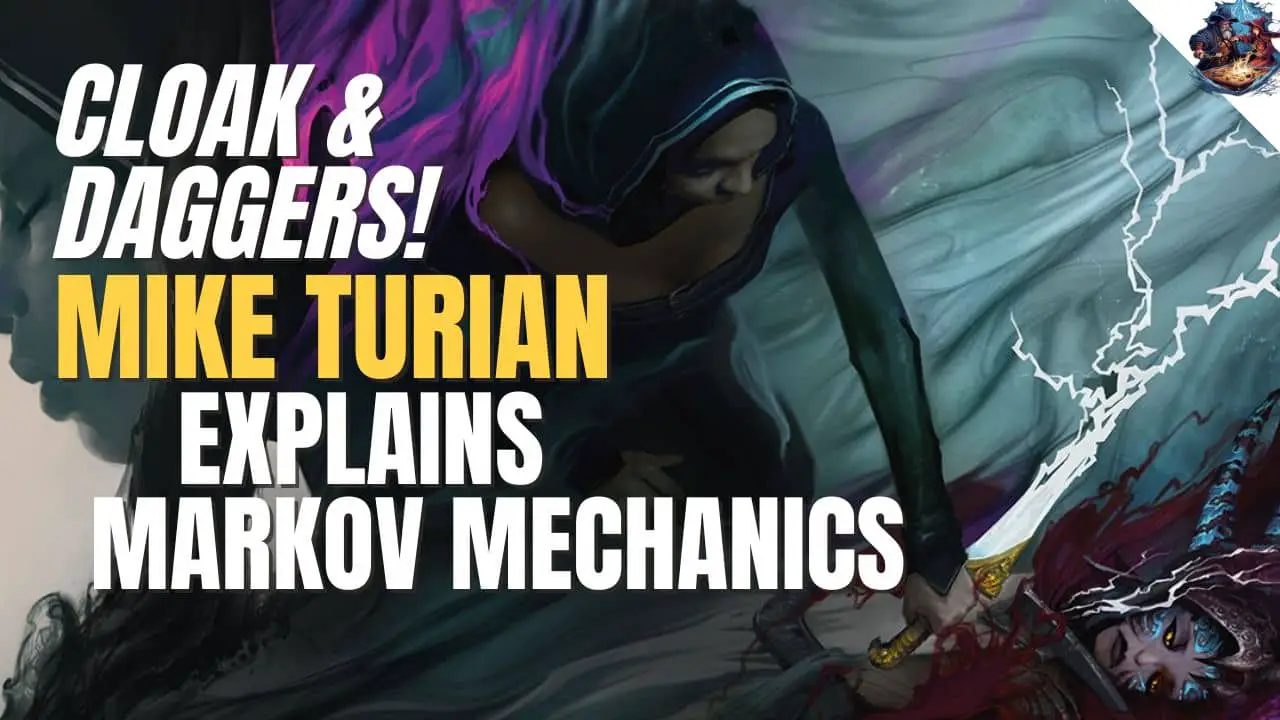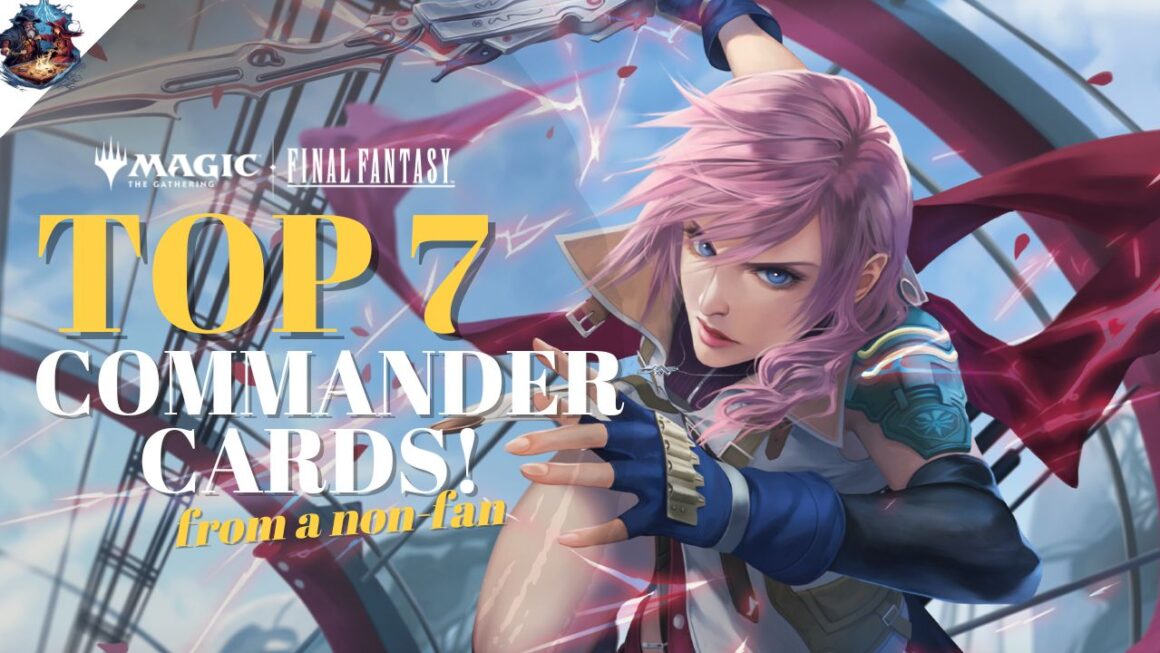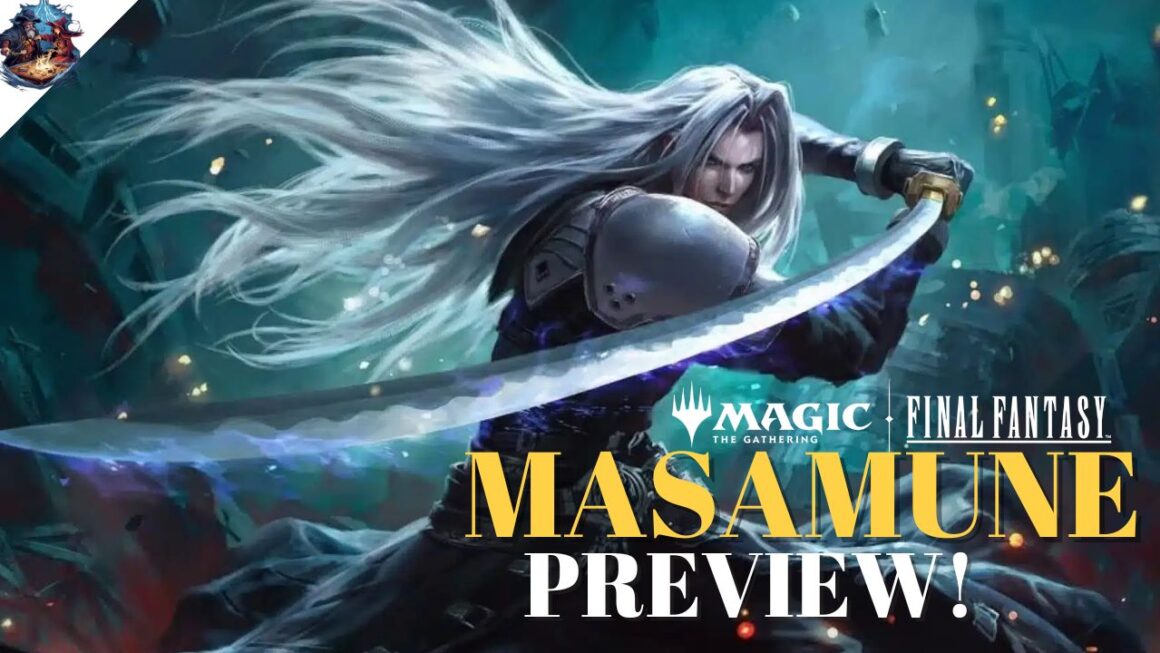Magic: the Gathering’s latest set – Murders at Karlov Manor – dived deep into flavour town and introduced a bunch of new mechanics and card types to give the game a new twist. Creatures that were disguised or cloaked often got players scratching their heads on whether they should be blocked. You know a bad surprise is coming at you, and the tricky part is what are you going to do about it?
There’s always someone guilty in a murder, and that means there are plenty of suspects. A Suspect in Magic gets Menace but also can’t block, and it gives this new set a little more offensive edge. If you played during prerelease weekend, you might remember multiple suspects going for your throat.



Now that most players are familiar with the new cards, we spoke to Murders at Karlov Manor’s Product Architect Mike Turian on how Disguise, Cloak, Suspect came to being and what were the considerations that went into the new Case Enchantment type.
It feels like Murders at Karlov Manor has more emphasis on new mechanics than recent sets. What were some of the broad themes and considerations that went into designing this set’s mechanics?
For this set’s mechanics, the vision design team set out early on to find mechanics that captured the essence of the concepts of both Disguise/Cloak and Collect Evidence. For this they ended up trying out different variations of mechanics, or sometimes completely new ideas. In the case of Disguise, it was fairly early on when the team discovered that adding Ward 2 to Morphs would do a good job of creating both a resonant mechanic and good game play.

You brought back “Investigate” but rather than do the same for “morph,” you created the new “Disguise” mechanic. Was this to keep its usability and effectiveness on the same level as other mechanics in modern times?
There were a couple of factors that lead us to introduce Disguise and Cloak, rather than stick with the Morph mechanic. From a gameplay perspective, Morph, having been introduced over 20 years ago, hasn’t kept up with the typical power level of a Magic card so adding Ward 2 just helped make the new cards more in line with what you would expect to play for 3-mana in today’s Magic.
Additionally, from a flavour perspective, the word Morph didn’t really capture the vibe we were going for here while Cloak and Disguise are so spot on. Lastly, we liked that Ward 2 offered an additional feel of being in disguise. There both is the mystery of what the creature is and it is a little bit harder to interact with before revealing itself.
The new “case” cards fit in so nicely with the murder mystery theme. Was there an intentional slant toward theme/flavor rather than having high usability/power level?
I agree that “Cases” are a great flavour fit for a murder mystery set. We had actually tried the mechanic in a number of different sets before bringing Cases to Murders at Karlov Manor. I think each time that we tried early versions of Cases, they weren’t as streamlined nor as strong with resonant tropes for card designs as they ended up being here.
As far as power level goes, we always are looking to create exciting cards for both limited and constructed play. While there are only twelve Cases in Magic right now, if we see our players respond to them, I can see us bringing more to Magic at some point in the future.
(Editor’s note: want to read about Case cards? Check out our Case preview card for the set)
“Suspect” brings back memories of “Decayed,” as their “cannot block” clause is a drawback. However with Menace and some linkage with the Case cards, Suspect isn’t half bad. How did Menace get tied to being a Suspect?
The game play that took the most iteration in Murders at Karlov Manor was getting Suspected right. Finding a way to navigate the design such that you both had reasons to give your creatures suspect counters as well as your opponents was quite challenging. Menace was the key in providing a bonus to your creature that would make it worthwhile to suspect your own creatures. In the end, I think the team found a sweet spot that captures Suspect well.




